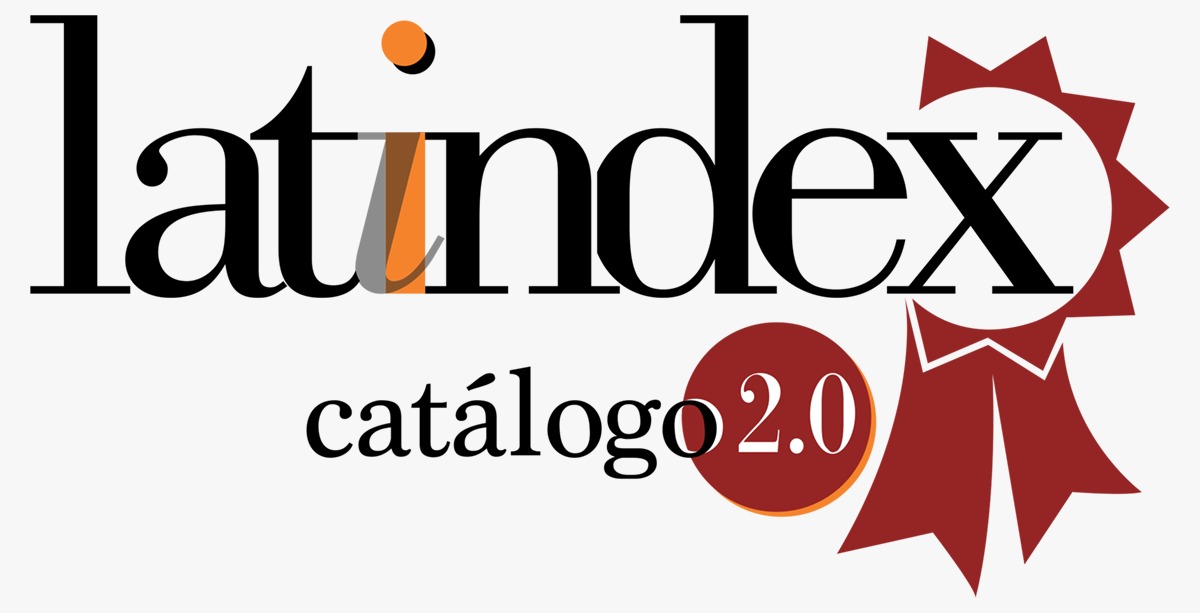Labor insertion and management of technical training at the IE “Augusto B. Leguía”. Stone bridge. Lima
DOI:
https://doi.org/10.47865/igob.vol6.n22.2023.262Keywords:
technical education, job placement, camanáAbstract
The purpose of this study is to determine the relationship between technical training and labor placement for the 2020 graduates of the "La Inmaculada" Manufacturing Technology Education Center in the municipality of Camana.
A non-experimental, cross-sectional, relational research design was used, with a total of 373 graduate students working with a sample of 190 institutional graduates. The tools used for data collection are two questionnaires; one is formulated for technical education variables, comprising 22 items, including four dimensions of educational leadership, special education, comprehensive education, and quality of instruction; The labor force entry variables have 20 questionnaire items that measure three dimensions: pre-employment experience, employment, and self-employment.
Analyzing the data and comparing with the hypotheses, it was concluded that module courses are positively correlated with employment in the research sample. Spearman's Rho coefficients were used to determine the degree of correlation between study variables, and technical training was performed using the IBM SPSS Statistics 25 program for data analysis; for birth placement, they were not significantly correlated, showing a coefficient of Rh = -0.021; among graduates of the manufacturing technology training center "La Inmaculada" reject the alternative hypothesis and accept it.
Downloads
References
Becker, G. S. (1975). "Human Capital", The Concise Encyclopedia of Economics. Obtenido de http://www.econlib.org/library/Enc/HumanCapital.html
Chiavenato I. (2011). Administración de recursos humanos. El Capital humano de las organizaciones. Novena Edición. Editorial Mcgraw-Hill. D.F., México.
García, J. M., & Gutiérrez, R. (1995). Inserción laboral y desigualdad en el mercado de trabajo: Cuestiones teóricas. Oviedo: Universidad de Oviedo.
Hernández Mangones, G. (2006). Diccionario de Economía (Primera ed.). Medellín: Universidad Cooperativa de Colombia
Lopez, J. (2017). Nivel de inserción laboral de los estudiantes y egresados de los cursos de capacitación de PROIN. Trujillo.
MINTRA. (2001). Diagnóstico de la formación profesional en el Perú. Lima: Consejo Nacional de Trabajo y Promoción Social.
Rodríguez Valencia, J. (2007). Administración moderna de personal (Séptima ed.). México, D.F: CENCAGE Learning
Rodríguez, M. (2006). Gestión de la Formación. La Importancia de la Formación en el Ámbito Empresarial Actual (Primera ed.). España: Ideaspropias Editorial
Vernnaza, A., & Oscar, A. (2017). Inserción laboral de egresados: Un estudio comprativo entre graduados en programas de Formacion Técnica y Universitaria en Colombia entre los años 2008 y 2013. Colombia.
Yamada, G. (2007). Retornos a la educación superior en el mercado laboral: ¿vale la pena el esfuerzo? (Primera ed.). Lima: Universidad del Pacífico.
Downloads
Published
How to Cite
Issue
Section
License

This work is licensed under a Creative Commons Attribution-NonCommercial-ShareAlike 4.0 International License.
Esta obra está bajo una licencia internacional Creative Commons Atribución-NoComercial-CompartirIgual 4.0.
















